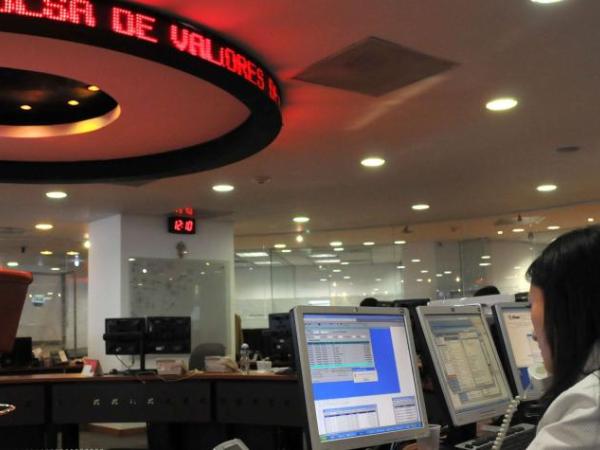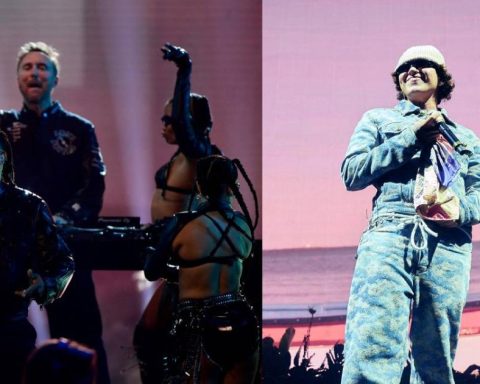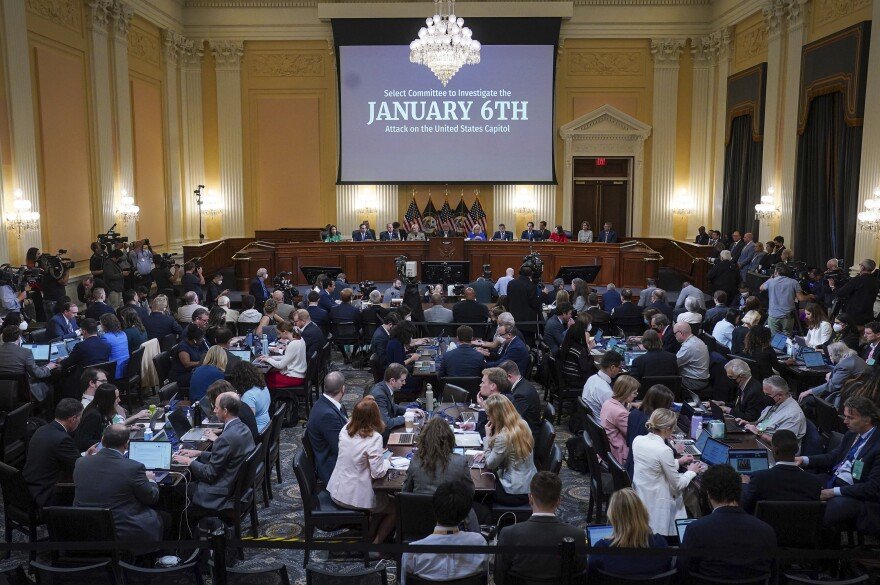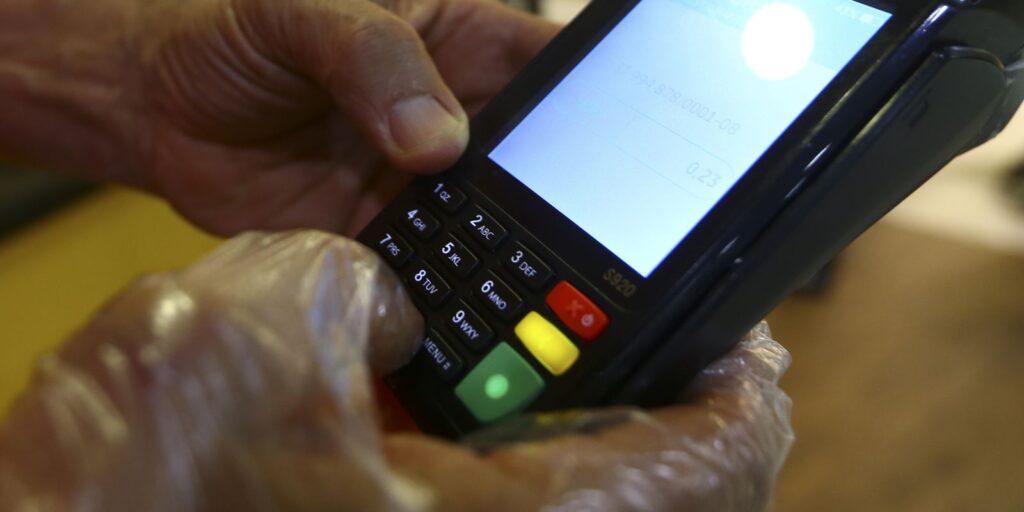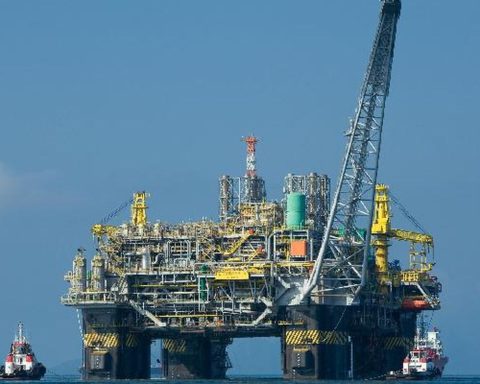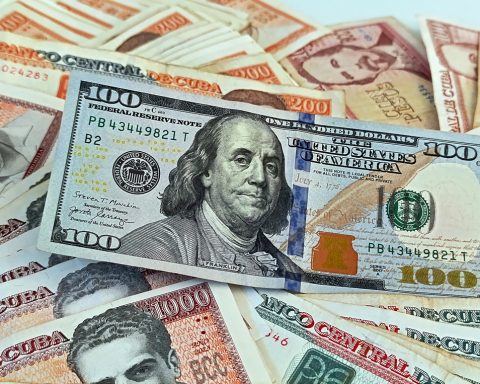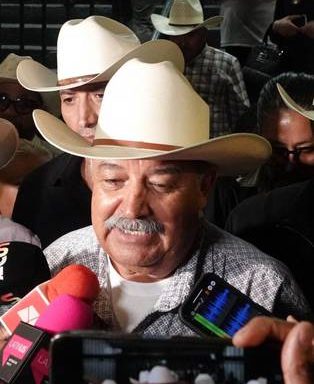Today the dollar in Colombia is at $4,129.87the second highest price in history and $24 from the price of March 20, 2020, when the first quarantine due to covid-19 was about to begin and there was strong global volatility in the markets.
(Read: Is a recession inevitable? This is what some economists think).
The price that governs the currency today was due to international factors such as inflation, which has forced almost all the world’s central banks to raise interest rates, fears of a recession in the united states and the election for the first time in Colombia of a leftist government.
And it is that, as has happened in countries of the region, where leaders of that political tendency have been elected, who are supposedly not well seen by the markets, with their triumphs volatility has been generated that after a while normalizes.
Analysts consider that in some cases there has been volatility before the first round, between this and the second round, and in others it has persisted for some time after the presidential definition.
And as was said before, the magnitude of the events is different in each case, since they are influenced by what happens in the developed markets.
Edgar Jimenez, Professor of Finance at the Jorge Tadeo Lozano University assures that after the presidential election processes of left-wing candidates where there are sharp falls in prices in the stock markets, investors seek to look at the time it takes to recover the prices of assets and says that the recovery that has occurred is relatively fast.
In the face of currency fluctuations, the situation varies because in these markets there is an international correlation.
In an analysis of the stock markets carried out by the Finance Laboratory of the Jorge Tadeo Lozano University, it was seen that after the presidential election of Andrés Manuel López Obrador in Mexico, the first left-wing president in that country, on July 1 From 2018 came a 2.1% drop in share prices, which recovered four days later. Likewise, there was a devaluation of the Mexican peso of 2%, which later recovered and exceeded the performance of the currencies of the region.
The next electoral process in which a candidate from the left triumphed was in Peru, on June 6, 2021, when the rural teacher and trade unionist Pedro Castillo won the victory against Keiko Fujimori. In this case, the day after the election, the Lima Stock Exchange registered a 10% drop, which recovered 136 days later.
As for the Peruvian public debt, it was devalued by about 50 basis points (0.5 percentage points) to a greater extent than similar securities in the region between the first and second rounds, but two months after the election, the loss of worth increased to 90 basis points (0.9 percentage points).
Analysts consider that in this country the recovery processes were delayed due to a more radical position on the part of the president.
In the case of Chile, although it had already had a leftist government, the election of Gabriel Boric on December 19, 2021 generated a 6.2% drop in the stock index the following day, which recovered 23 days later.
Boric generated fear as a candidate for his proposals, but as president-elect and once in office he moderated them.
The Chilean peso devalued 6% between the first and second round, but then recovered.
For its part, in Colombia one day before the second round and one week later, the devaluation of the peso is 5.56% and in the case of the Stock Exchange the devaluation of the MSCI Colcap index is 6.12% in one week. .
(Also: José Antonio Ocampo: who is he and what role will he play in Petro’s government).
Guillermo Sinisterra, professor of economics at the Javeriana University, says that the markets had already discounted the victory of the left-wing candidate and what happens is that they overreacted but assured that these will be normalized, although he acknowledged that more information is needed on the president-elect’s plans. and recalled that the international factor also counts in the equation.
BRIEFCASE
